-
Hepatitis B – epidemics to vaccination

Tragedy to biotech, 1965-76 Hepatitis B virion model. medicalgraphics.de The first cases of dialysis-associated hepatitis were reported in 1965, killing a nurse, porter, and patient, and infecting several others in Manchester. The ‘Australia antigen’ was identified in Philadelphia in the same year, and the following year associated with hepatitis. A key observation was the new…
-
The invention of diuretics
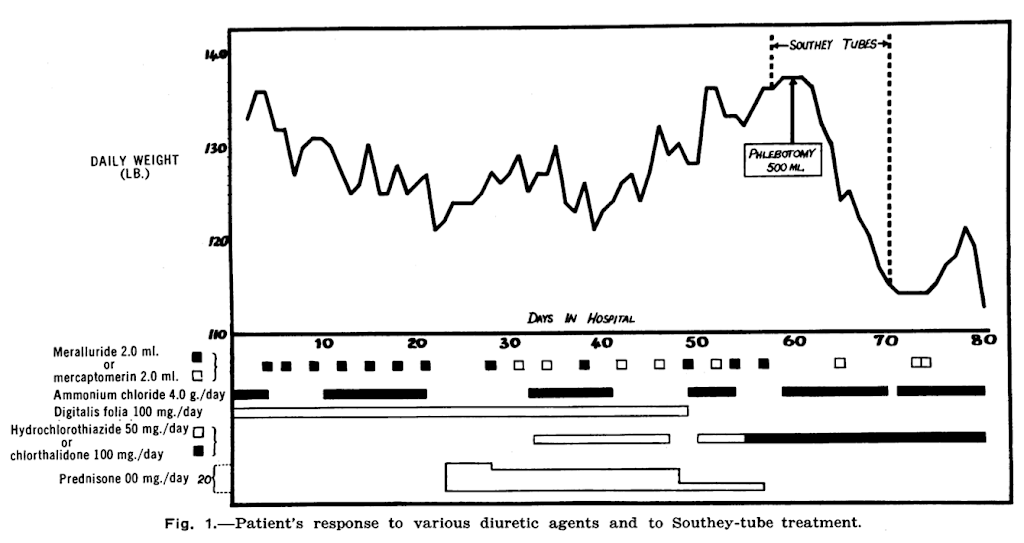
Dropsy becomes treatable in the 1960s Failure of pharmacological therapies in a woman with heart failure in 1964, right on the verge of the introduction of loop diuretics. During the 1800s it became clear that dropsy (extensive oedema, ascites, pleural effusions) was not a single disease, but a late feature of failure of the heart,…
-
Insipid diabetes
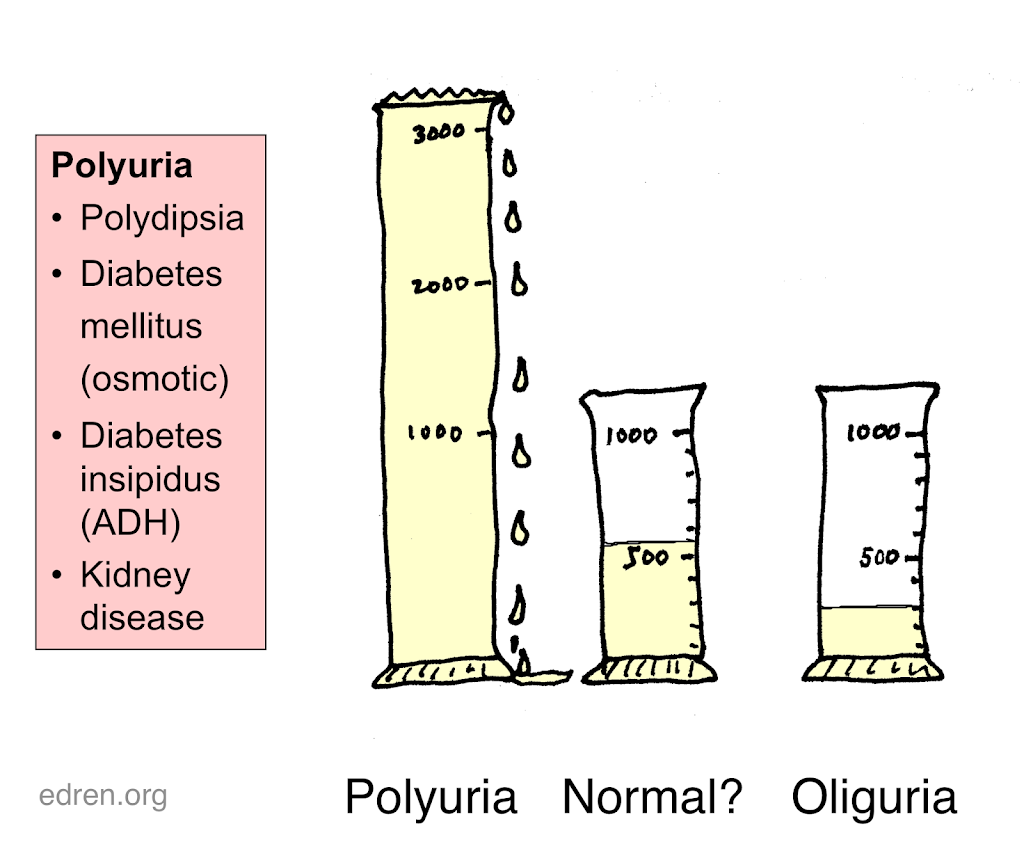
A disease of 1769 becomes a treatment in 2015The Edinburgh physician William Cullen described the difference between ‘sweet’ diabetes (mellitus = honey), and rare cases where the urine tasted ‘insipid’, in 1769. There were no dipsticks then, so the basis of distinction was indeed taste. There is huge variation in how much people drink. But…
-
Historyofnephrology in Nephmadness
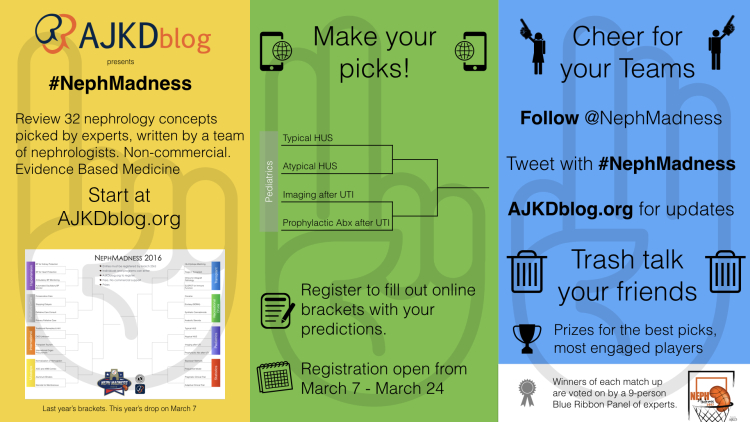
Not sure we understand this, but we’re in it. #NephMadness Click to participate; watch 1 min explanation video 4 History contenders – we have 4 history topics in two pairs, up against each other till we end up with one to go through to compete with the others. You have to vote; then after that,…
-
High blood pressure becomes treatable
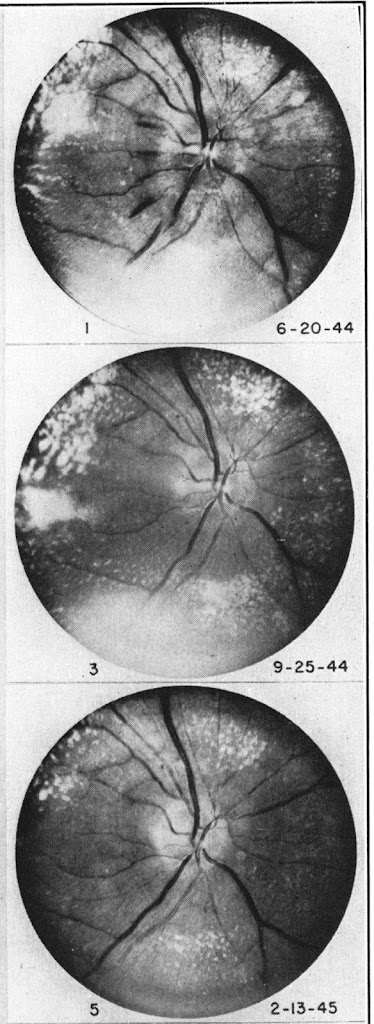
The first unequivocally useful drug, 1964Robust and practical sphygmomanometers (mercury and aneroid) became available in the early 1900s, but regular recording of blood pressure did not become widely routine until the 1920s and 30s. Until then, palpating the pulse offered the only insight, except that ophthalmoscopy could show severe hypertensive retinal changes, neuro-retinitis albuminurica (Figure).…
-
Renal biopsy becomes mainstream, 1954

Detail at last Ambrose Tardieu for Pierre Rayer (1840) (Wellcome Images V0009820ER) For most of the first 100 years of modern nephrology, appearance by eye at autopsy was the closest you could get to seeing the structural detail of kidney disease. But between 1830 and 1870 there were key technical improvements in the quality of…
-
Bright’s disease 100y after Bright
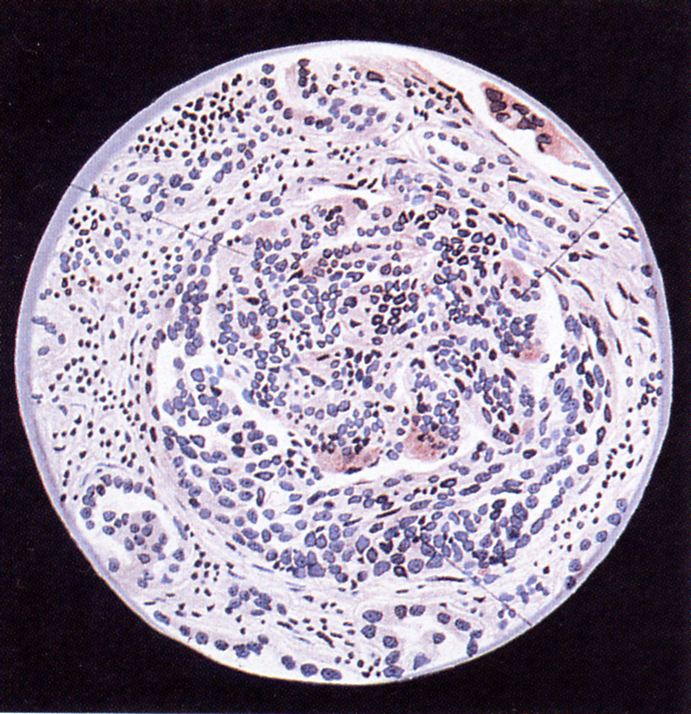
The last decade of purely clinical observation Acute glomerulonephritis with crescent formation – Volhard and Fahr 1914(one of the last renal pathology works with artwork rather than photographs) Arthur Ellis’s 1942 articles on Bright’s Disease summarised a truly impressive 20 year systematic recording of 600 patients with kidney disease at the London Hospital, followed up…
-
The glomerulus is a filter
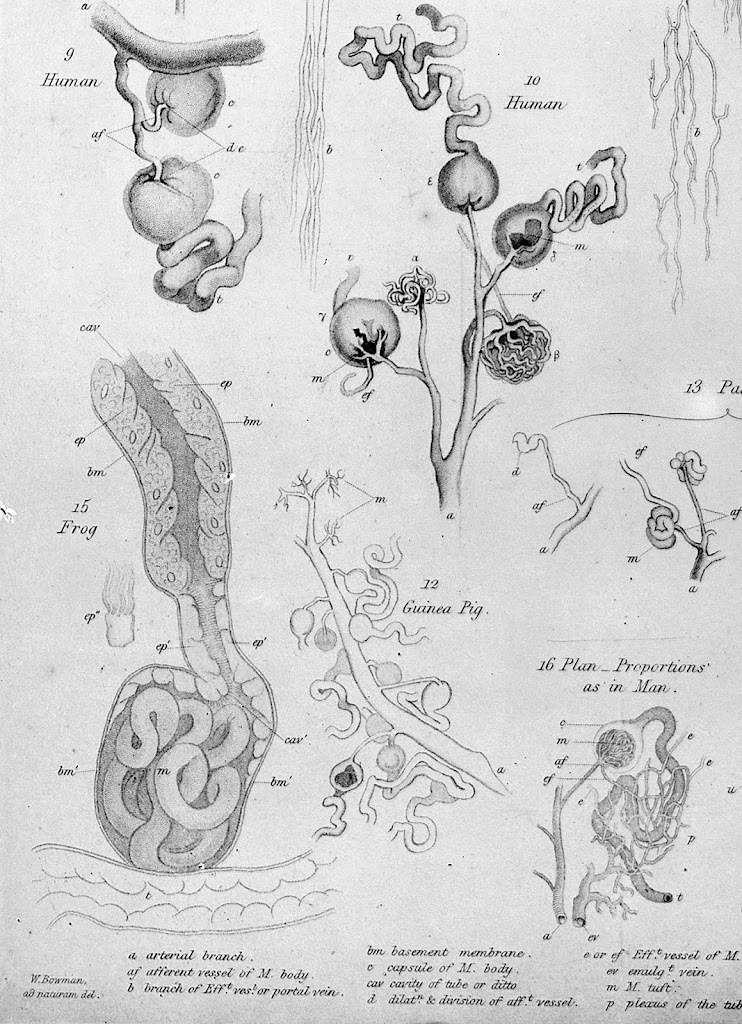
Physiologists resolve an anatomical impasse, 1924 Illustrations of Malpighian bodies, from Bowman 1842, Philosophical Transactions 132: 57-80 (p78). Wellcome Library (M0011305) – Creative Commons licence Malpighi spots glomeruli, 1666The first microscopes emerged in the Netherlands in the 1600s, early discoveries being associated with Antonie van Leeuwenhoek in the Netherlands, Robert Hooke in England, and Marcello…
-
Acute nephritis in 1875
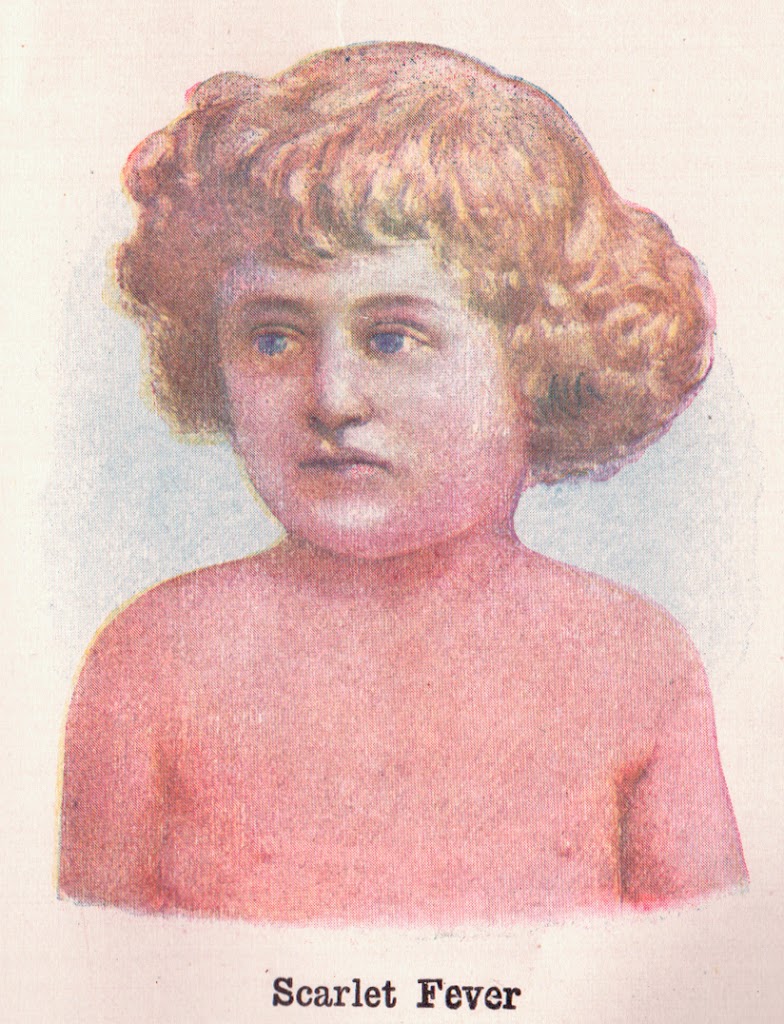
50 years after Bright Richard Bright’s 1827 report created the discipline of nephrology and triggered an exciting period of clinical research into kidney disease. William Howship Dickinson (1832-1913) was one of these early nephrologists, employed at Great Ormond St Children’s Hospital in London. In addition to an interest in neurology he wrote a notable three-part…
-
Richard Bright and the discovery of kidney disease
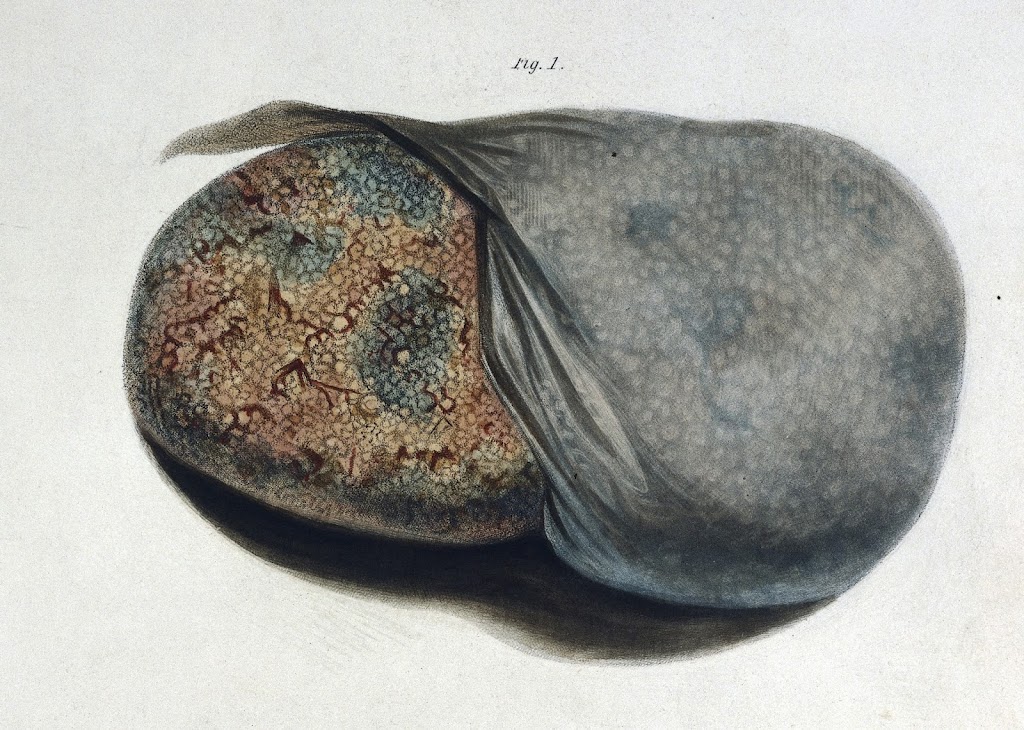
Nephrology is born, 1827 Fig 1 from Bright 1827. (Wellcome Images) Richard Bright (1789-1858), is widely regarded as the founder of the specialty of nephrology. He gave his name to Bright’s disease, which was used for over 100 years first as a term for any type of kidney disease, and later particularly for glomerular diseases.…
-
The doctor’s bag circa 1910
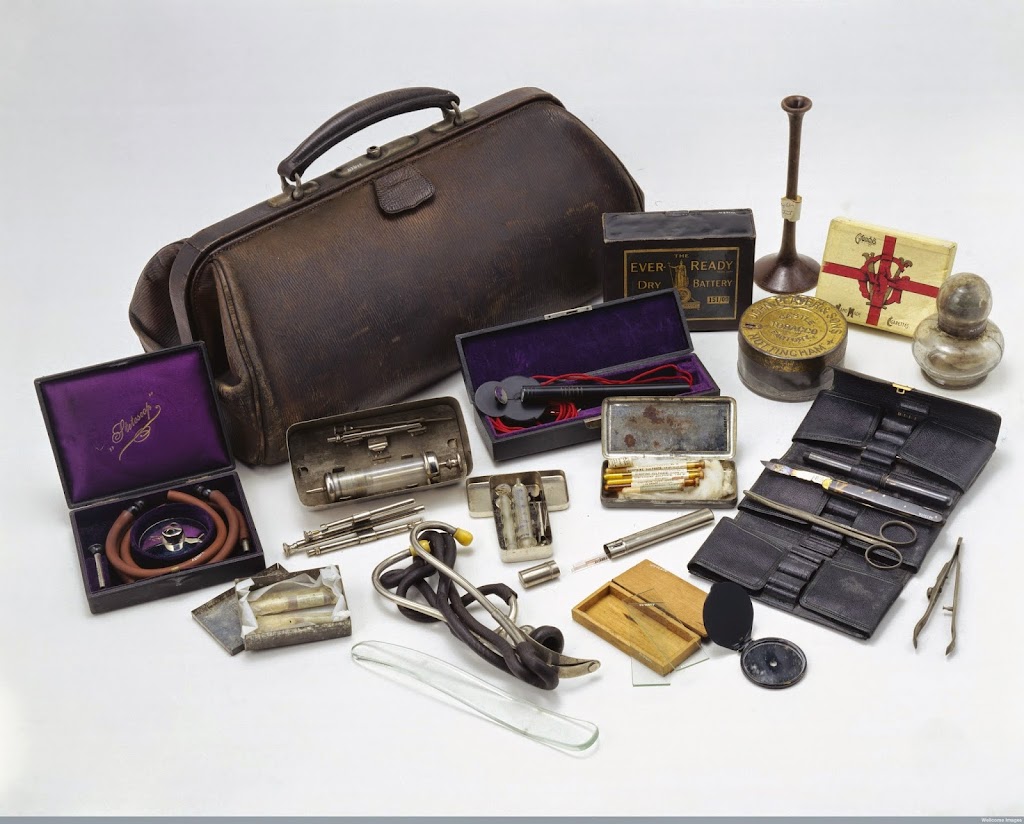
This doctor’s bag is in the London Science Museum. Though dated 1890-1930 much of its contents look very early 20th century. What it doesn’t contain is significant. It belonged to John Hill Abram (1863-1933), a Liverpool physician who later became Professor of Medicine. He was also president of the Association of Physicians in 1928 –…
-
Marathon nephritis and postural proteinuria
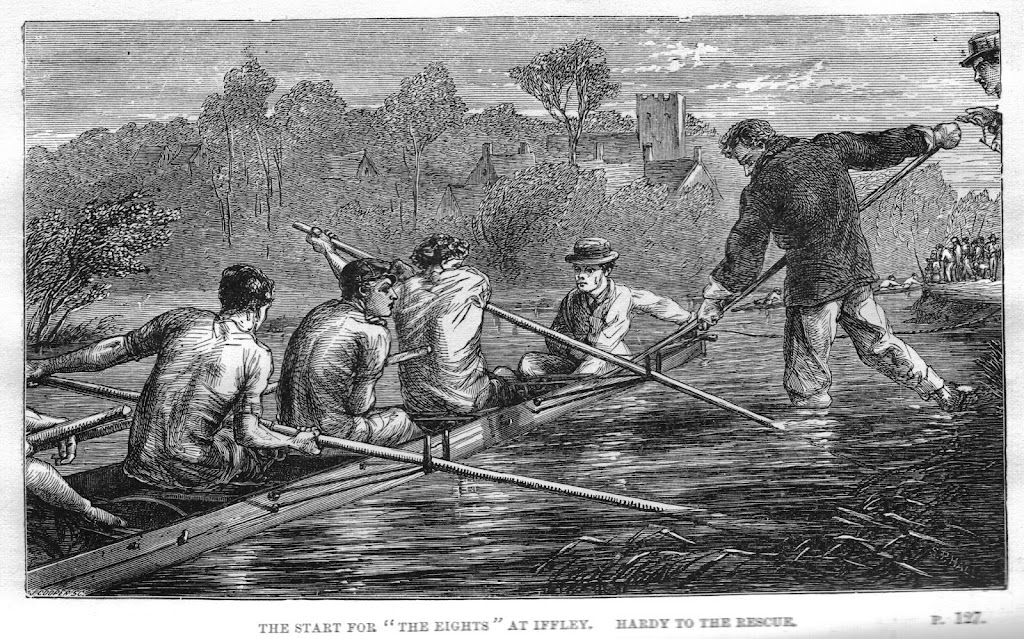
When urinary abnormalities don’t indicate renal disease From Tom Brown at Oxford (1861) illust Sydney P Hall (1903 edition) Richard Bright’s 1827 description of the association of proteinuria with dropsy and serious kidney disease led to doctors of the 1800s kitting up with apparatus to test for proteinuria, long before they could measure blood pressure. Uroscopy…
-
Lead nephropathy
The oldest interstitial renal disease? Lead pipe in Roman Bath. (Wikimedia Commons, see foot) Severe abdominal colic and gout caused by lead poisoning was described by Nikander in Ancient Rome. Acute poisoning also causes nerve palsies, particularly wrist-drop, encephalopathy, fits and sometimes death. Many patients became ill over weeks or months, with associated anaemia, malaise,…
-
Monkey glands and the science of renal hypertension
Quack medicine and technology contributed to the discovery of Renin in 1898 A 1928 advert exploiting the Monkey Gland craze. Source In 1889 the renowned scientist Brown-Sequard at the age of 72 publicly recounted how how he felt rejuvenated after injecting himself with extracts of animal testis. This led to an extraordinary wave of quack…
-
Blood pressure is linked to kidney disease in the 1870s
Revealed by Mahomed’s sphygmograph The discovery of hypertension and its linkage with renal disease came remarkably late. Richard Bright (1836) observed that “the hypertrophy of the heart seems, in some degree, to have kept pace with the advance of disease of the kidneys”. But he had no way to measure blood pressure, and even by…